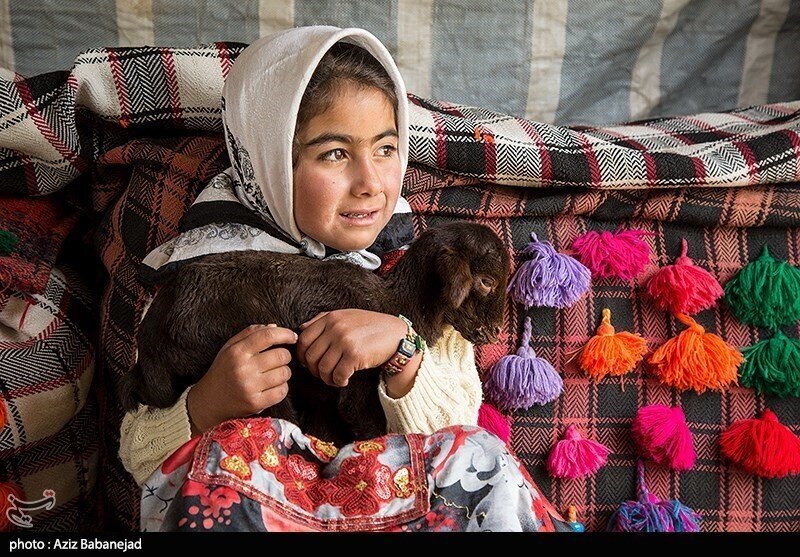Tourist camps to transform Tehran’s nomadic landscape

TEHRAN – On Monday, the head of the tribal affairs office in Tehran province said his office is preparing a plan to stimulate tribal tourism and uplift the economic prospects of nomadic communities across the Tehran province.
Farshid Zabihi proposes the establishment of “tourist camps” as a strategic initiative to enhance the tourism potential within nomadic areas, ultimately augmenting the income levels of Tehran’s nomads, ISNA reported.
He emphasized the critical need to expand tourism capacity in nomadic regions. He underscored that with the collaboration and support of the provincial government and relevant authorities, the creation of tourist camps would catalyze increased tourism, leading to a significant boost in income for the nomadic communities in the capital.
Zabihi highlighted the importance of cohesive management for tourist influx into nomadic areas, pointing out that the nomads consistently advocate for purposeful and regulated tourist visits. He stressed that the nomads’ “red line” is the unauthorized entry of tourists, which has, in recent years, incurred substantial costs for the nomadic communities and led to the degradation of natural resources.
Tehran province is reportedly home to approximately 14,315 nomads, and this population has remained relatively stable over the past four decades. The nomadic communities in Tehran province are renowned for their significant contributions to the production of over 67,000 tons of various dairy and agricultural products in the Iranian year that ended on March 21, 2023.
The proposed tourist camps aim not only to provide visitors with an authentic experience of nomadic lifestyles but also to ensure that tourism development occurs in a sustainable and mutually beneficial manner. By aligning with the nomads’ preferences for purposeful and regulated tourism, this initiative seeks to create a model that can be replicated in other regions with nomadic populations, fostering economic growth while preserving cultural heritage and natural resources.
Iranian nomads mainly live in the provinces of Fars, Chaharmahal-Bakhtiari, Khuzestan, Isfahan, and some other provinces. They usually change between their winter quarters in steppes (Qishlaq or warmer areas) and summer quarters in green mountainous regions (Yeylaq or cooler countryside).
Sightseers may visit nomads at different times of the year. However, the best seasons are spring and summer. There are several nomadic tribes you can meet or stay with, each of them having its own unique lifestyle, culture, customs, foods, and musical performances.
AFM
